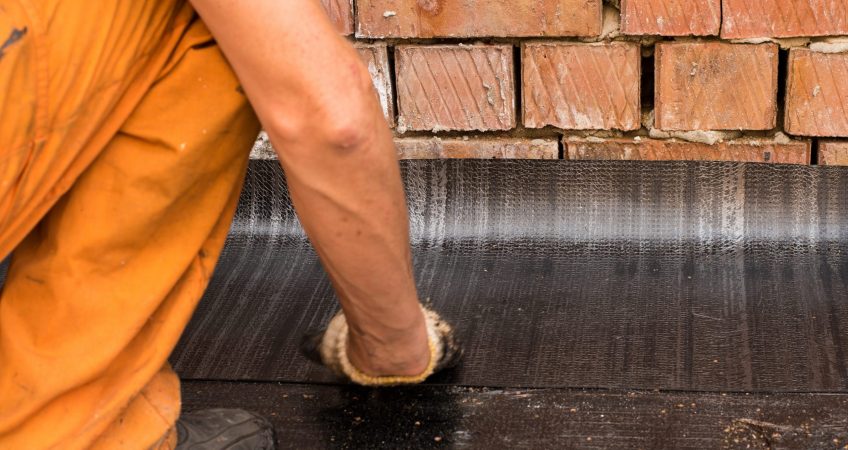If the roof is sloped, you can utilize an exposed-nail method. For a somewhat sloped roof, try the hidden nail strategy displayed in this short article for much better defense against condensation and dripping if bare wood sheathing or guide paint has been used as your surface area material. If it’s flat or nearly flat on top of your house, then opt to choose double coverage instead – though torch down customized bitumen (like GAF) or EPDM Roofing in NoHo Arts District systems are constantly more effective solutions when possible!
How To Install Present Roofing in NoHo Arts District
Install drip-edge flashings on the edges of your Roofing in NoHo Arts District system. These will assist with water runoff and are commonly seen at each corner or every 8 feet (2 meters). Once they’re installed, you can utilize a roll 18 inches large to wrap around valley flashing, situated in between 2 eaves that cross over one another. Start by sufficing so its width corresponds specifically to where metal valley flashing would go if needed; then set it into bedding product like Roofing in NoHo Arts District cement before raveling any creases and nailing near the edge for extra security!
Position the first course, so it overhangs the drip edges by about 1/4 inch and rolls, driving nails every 3 inches along with the rake at one end. Pull tight, then nail to the eave edge of the roof every 1-inch from sides for additional defense.
The next sheet should overlap the very first by 4 inches or with some roll Roofing in NoHo Arts District, enough to cover the bare location of mineral surfacing. Snap a chalk line showing where you want it put, and after that drive nails in for the first one before presenting along your line.
It is necessary to plan to keep the distance in between butt joints at a minimum of 2 feet. To do this, spread out Roofing in NoHo Arts District cement on one end and then embed the next sheet in it.
To make certain your pipes vents are sealed up tight, take a piece of Roofing in NoHo Arts District and suffice in half. Fit one side around the pipe with a minimum of 4 inches overlapping on the bottom course so that there is no chance for water to get in when you pour cement over whatever. Put some more plaster between both halves prior to putting cement into them, together with flashing or boots to keep moisture out of listed below during rainstorms.
To create a valley, first, work from one side of the roof past halfway to the center and after that overlap onto the opposite. Procedure 12 inches away from the center and utilize 4-inch large bed linen cement, which will be connected at this point by nails on either end.
Finally, you can overlap the sheets at the ridge utilizing Roofing in NoHo Arts District cement and nails. However, if your last piece does not boil down 8 inches past the peak, then cover up that location with a 16-inch large strip embedded in cement!
Required a brand-new Roofing in NoHo Arts District system installed to make your place more protected? We can offer you with the best products in town.
Are you needing some help with installing that shiny, new rolled Roofing in NoHo Arts District for your office or home? Let us understand, and we’ll have the job done rapidly!
What Do You Put Under Roll Roofing in NoHo Arts District?
Which Type Of Roofing in NoHo Arts District Is The Very Best?

